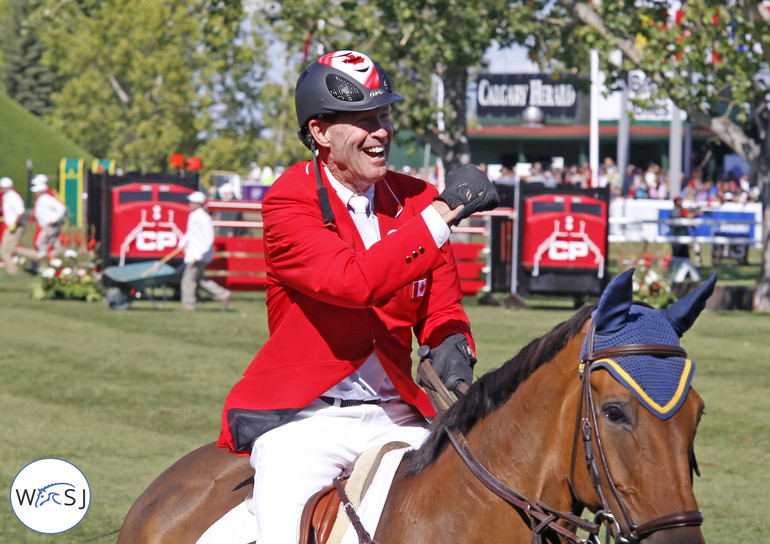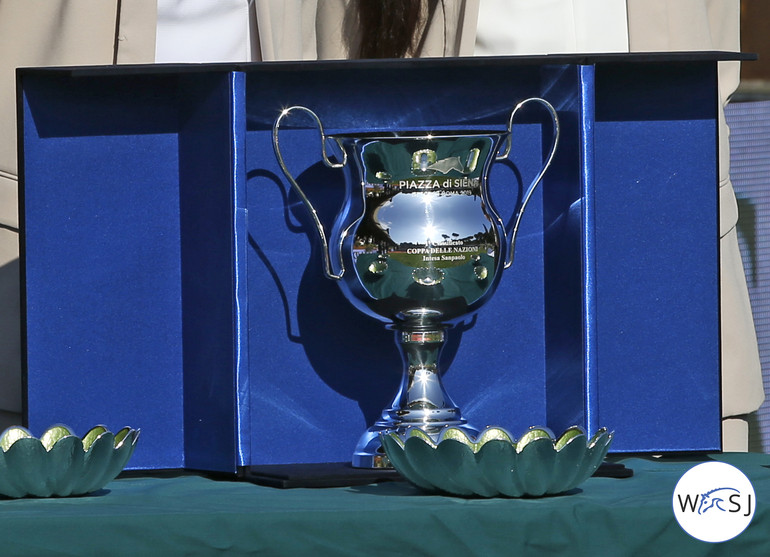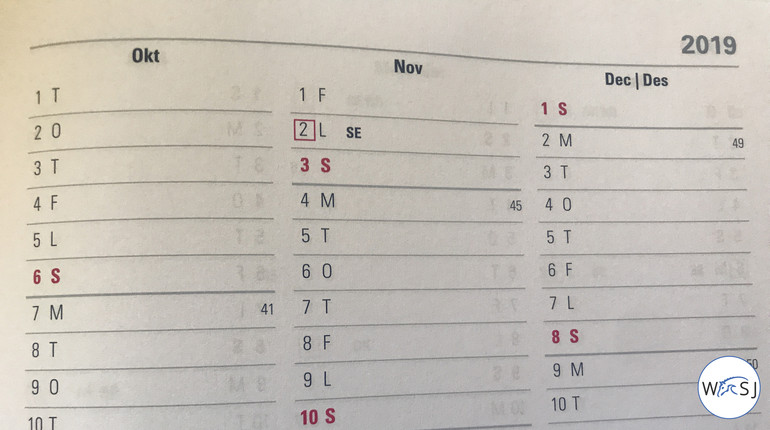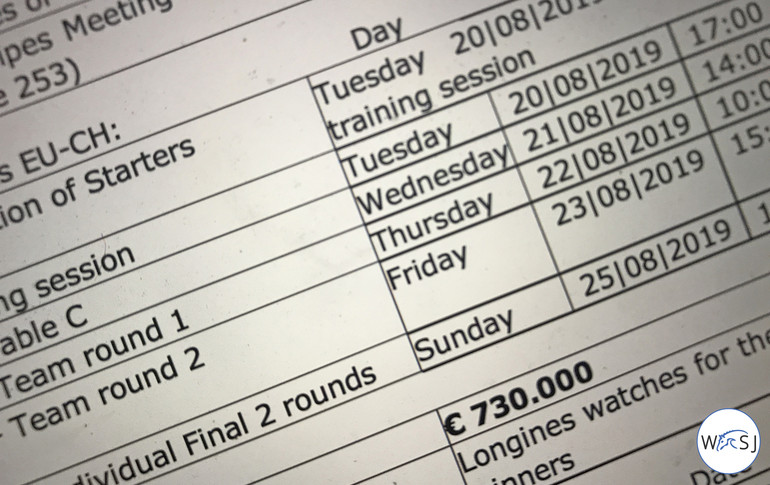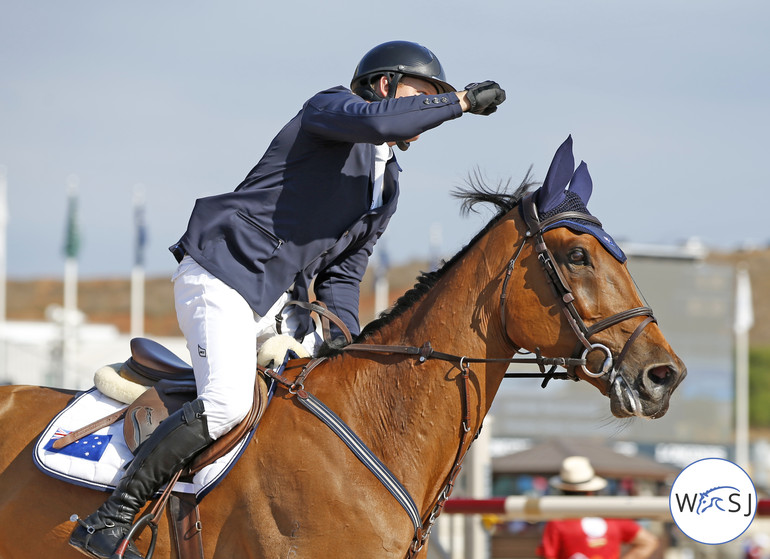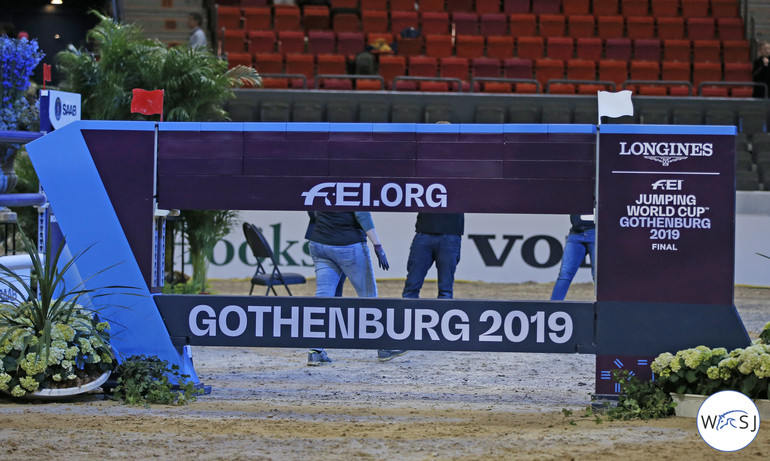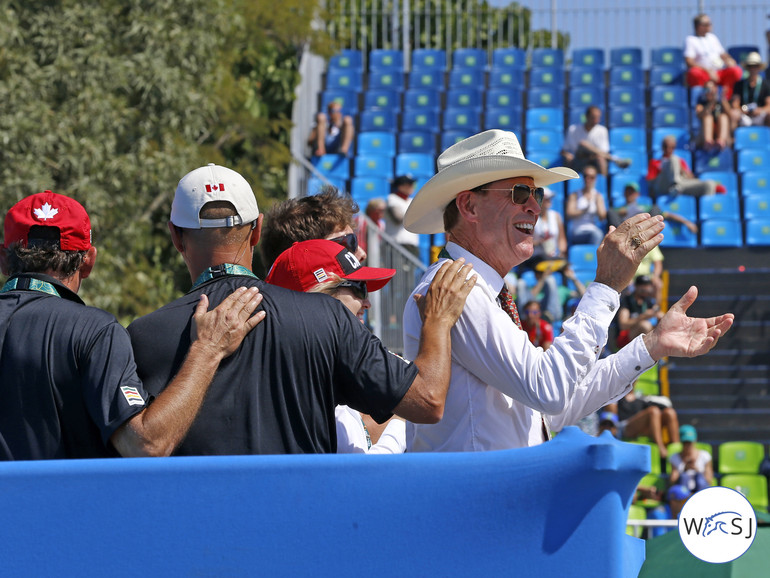Written by Tim Worden & Ian Millar
The horse is king and we are here to serve it. Part of this stewardship is choosing when and where to compete with your horse to put him/her in the best position for success. Creating a plan for what competitions to attend can be an overwhelming task, but the following steps can be used to help guide the process.
Choosing where to compete is one of the most important decisions you will make regarding your horse. For obvious reasons, competitions play a vital role in developing the horse (and rider) throughout the season so that the best performance possible can be obtained. Additionally, since competitions occur on set dates, everything else you do when managing your horse will have to be constructed around your time in the competition ring. Thus, the competition schedule has a cascading effect on all other aspects of your horse’s life.
Generally, the rider and/or trainer determine the horse’s competition schedule, and there is quite a bit of flexibility as to which competitions are selected to put the horse and rider in the best position for success. In certain situations, part of your schedule might be dictated by some external influence. For example, a national federation may require horses to compete at a certain venue on a certain week to be eligible for a major championships team.
Competition planning can be divided into a winter circuit (November to April) and a summer circuit (May to October). Of course, there is some overlap between winter and summer circuits, especially at higher levels when horses tend to compete and travel more months out of the year.
For higher level horses with specific goals (an Olympics or World Equestrian Games), multiyear planning will also play an important role in scheduling. As a horse is developed for a major championship, important milestones must be obtained in training and competition on the path towards the top of the sport, and it is impossible to reach these benchmarks planning in six-month increments. However, multiyear planning will not be the focus of this document.
Below we will cover some important considerations for planning when and where your horse should compete.
The first thing to do is to print off a calendar of the months within your winter or summer circuit. On the calendar, make note of any critical dates that have to be included in your season. For example, this may include any qualifiers for making a championship, any events you are required to attend as part of sponsorship contracts, and so on. You should also block off any personal dates that will interfere with competing on a given day, such as attending a wedding or vacation time. Also, block off general locations where you plan to be throughout the season (e.g. North America vs Europe).
The next step is to obtain a list of all possible competitions in your area over the season. Once you have this list, you can quickly refine it by eliminating any shows that you definitely do not want to attend. Reasons to eliminate a show would be poor footing or other safety hazards for the horse, lack of prize money, a bad schedule, quality of competitors, few FEI classes, and so on. In general, two weeks of competing each month is a realistic benchmark, although longer breaks from competition need to be built into the calendar to allow for adequate recovery. How often to compete is a complex decision, and each individual horse will dictate this to a large extent.
Now it is time to reflect on what the goals of the season are. Common goals are to i) win a major championship, ii) to maximize the amount of money you win, iii) to collect FEI points, iv) to develop a horse or rider, and/or v) to have fun. Many of these goals are mutually exclusive, and certain competitions are better suited for achieving each goal. The most important consideration should be what is best for the horse, but client and sponsor preferences can also act as a tiebreaker if a few shows are feasible options.
At this stage, you should have a strong idea of what competitions and what dates will fit best into each horse’s program. While there will be a ‘Plan A’ chosen, it is important to also have a ‘Plan B’. If any unforeseen circumstance arises and the preferred calendar changes, it is critical that a second plan is in place so that your horse (and rider) can continue to compete and develop.
Selecting what classes to enter needs to be done as close as possible to the week of competition. The correct class for the horse (and rider) will depend on their fitness and confidence at each point in time throughout the week. It is important that the horse has an opportunity to be successful in whatever class it is entered in. A poor performance will hurt confidence and hinder the overall development of the horse (or rider).
It is also important to keep the bigger picture in mind. If you have a horse that is being developed to the 1.60m championship level, there is little to be gained from trying to win a 1.25m speed class with it. The mechanics needed to jump a 1.25m class quickly are significantly different than the movements needed to jump 1.60m, and putting an emphasis on speed over lower heights will surely impede a horse’s progression.
· Be mindful of the amount of travelling your horses are doing. Some horses tolerate travel better than others, and strict protocols must be in place to ensure safety during long distance trips.
· If you have a large string of horses, you will need a highly skilled team to keep the horses at home fit and healthy while you are away competing with the other group. Issues arise if horses are not kept in a well-executed program during the season, which is, unfortunately, sometimes seen in operations that do not have a good team at home.
· The further away from the date you are the less accurate your plan will be. Predicting the fitness of a horse (or rider) in the future is akin to weather forecasting. Just like a meteorologist, we try to predict future events based on information and experience – but the further into the future we attempt to predict the less accurate we become. Therefore, it is important to not be 100% committed to your plan. It is not set in stone - be ready to adapt and listen to the needs of your horse!
No reproduction without permission, copyright © Tim Worden & Ian Millar



